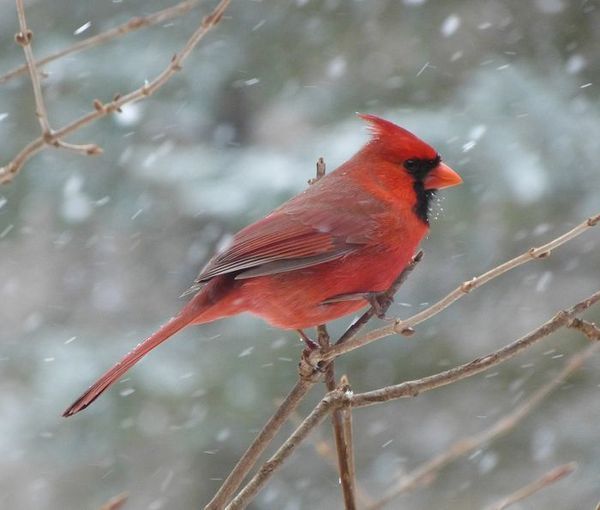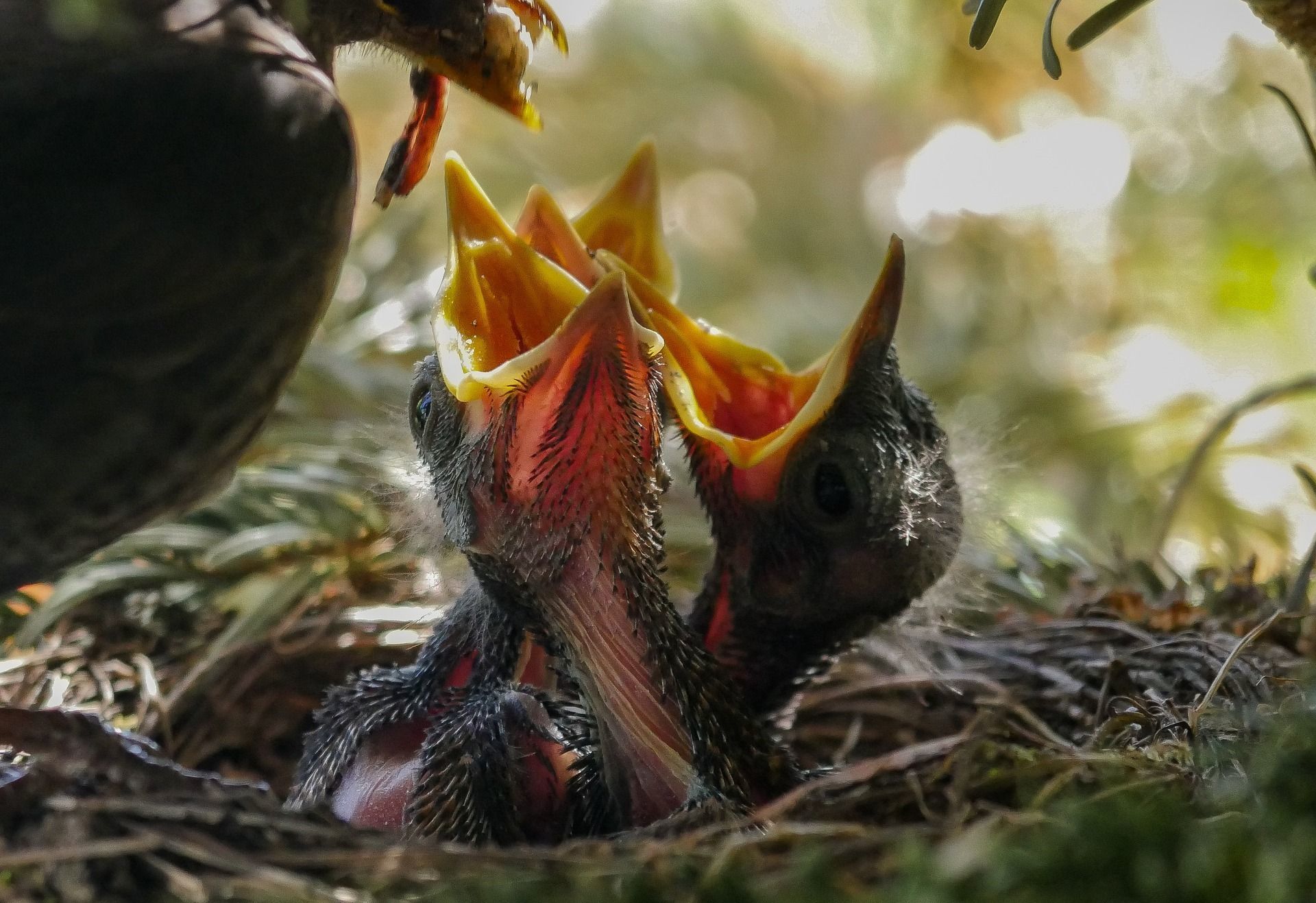Published February 28, 2022
Winter Surveys at Audubon
By Dr. Charles Clarkson
Today marks the final day of data collection for the 2021/2022 non-breeding season at Audubon. To date, 42 dedicated volunteers have submitted over 200 hours of observations across all publicly accessible refuges managed by the Audubon Society of Rhode Island. These volunteers detected an average of 29 species of bird at each of our refuges, ranging from common winter suburban species such as Black-capped Chickadees and House Sparrows, to species considered rare and uncommon such as Eurasian Wigeon and Winter Wren. A total of 5775 individual birds have been counted during these surveys and data are still coming in!
Over the course of the month of March, these data will be analyzed along with the point count data that were collected simultaneously across the same properties. This information will represent the first baseline data set of winter bird abundance and distribution on Audubon properties and will allow us to track changes in these populations from one year to the next.

Even common species, such as the Northern Cardinal (Cardinalis cardinalis), will need our help to mitigate the impacts of climate change on their annual energy budgets.
To all of you that collected and submitted data over the past two months for this worthy cause, I cannot thank you enough. Many of you went out and surveyed birds in cold, snowy and bleak conditions and some of you had never collected data before. What your dedication and time has given us cannot be understated: a glimpse into our winter bird communities...information on what species occurred across our properties, where these species spent their non-breeding season, and how the avian community changed over the course of the season. All of this information is useful from a conservation perspective. Audubon is dedicated to managing our properties for birds and the habitats they require. As the effects of climate change continue to make the outside world a less predictable place for our feathered friends, these surveys will allow us to provide birds with the resources they need to persist in the face of change.
March will be a busy month at Audubon. In addition to analyzing all of the new data collected over the winter, protocols will be developed for surveying the owl populations and breeding birds across Audubon properties. By mid-March, you can expect to receive a call for volunteers to help with these new surveys. Based on the overwhelming response by our dedicated volunteers thus far, I am excited for the future here at Audubon. For now, relax, take comfort in knowing that you are a champion for our birds, and just make sure your binoculars stay at the ready!

Soon data collection on breeding birds will begin across all Audubon Refuges.

















